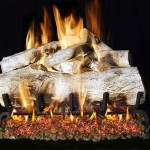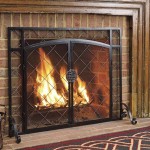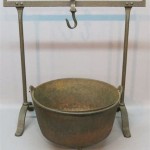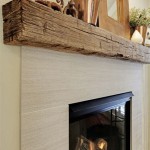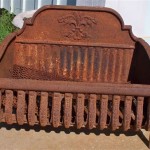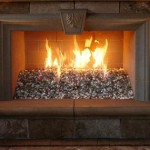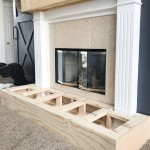Essential Aspects of Recessed Gas Fireplaces: A Comprehensive Guide
Recessed gas fireplaces have become increasingly popular in modern homes, offering a blend of warmth, ambiance, and efficiency. Understanding the key aspects of these fireplaces is crucial before making an informed decision. Here's a comprehensive guide to the essential elements to consider:
Fuel Source
Recessed gas fireplaces utilize natural gas or propane as their fuel source. Natural gas is more common in urban areas, while propane is often used in rural locations. Both fuels provide a clean and efficient burn, releasing minimal emissions.
Ventless vs. Vented
There are two main types of recessed gas fireplaces: ventless and vented. Ventless fireplaces do not have an exhaust system and rely on oxygen from the room for combustion. Vented fireplaces have a chimney or flue that releases combustion gases outside, ensuring proper ventilation and reducing indoor pollution.
Design and Style
Recessed gas fireplaces come in a wide range of designs and styles to complement various home décor preferences. They can feature traditional or contemporary facades, with options for different materials, such as stone, tile, or metal. The shape and size of the fireplace can vary to fit the dimensions of the room.
Ignition System
Modern recessed gas fireplaces typically use a remote control or wall switch for easy ignition. Some models also incorporate pilotless ignition systems that eliminate the need for a constant flame, resulting in increased energy efficiency.
Heat Output
The heat output of a recessed gas fireplace is determined by its burner size and efficiency rating. Higher-rated fireplaces produce more heat, making them ideal for larger rooms or drafty areas. It's important to consider the heat requirements of the space when selecting a fireplace.
Safety Features
Recessed gas fireplaces incorporate various safety features to ensure the safe operation of the appliance. These features include flame sensors, oxygen depletion sensors, and automatic shut-off mechanisms.
Installation and Maintenance
Recessed gas fireplaces require professional installation by a qualified gas technician. Regular maintenance, including cleaning the burner, checking the ignition system, and inspecting the venting (if applicable), is essential for optimal performance and safety.
Additional Considerations
Other factors to consider when choosing a recessed gas fireplace include the cost of installation and operation, the availability of local gas lines, and the presence of any architectural limitations that may affect the placement of the fireplace.
Recessed gas fireplaces offer numerous benefits, including convenience, warmth, and a captivating ambiance. By understanding the essential aspects outlined above, homeowners can make an informed decision that best suits their needs and preferences.
:max_bytes(150000):strip_icc()/ventless-gas-fireplaces-4160746-hero-f9d4bdcd9bd446eb84406de306f790ba.jpg?strip=all)
How To Pick Out A Ventless Gas Fireplace

Simplifire Allusion Recessed Linear Electric Fireplace Fergus

Bellfires Smart Bell 80 Inset Gas Fireplace Bonfire

Modern Flames Orion Slim Heliovision Fireplace 2 X 6 Wall Recessed Fireplaces Usa

Bellfires Smart Bell 80 60 Inset Gas Fireplace Bonfire Berkshire

Electric Fireplaces A Safe Alternative To Gas Touchstone Home S Inc

Modern Flames Orion Multi 100 Virtual Fireplace Recessed Mount Si Electricfireplacesplus Com

Gas Fireplaces Barbas Bellfires En

Modern Flames Challenger Series Recessed Electric Fireplace Fyre Direct

Why Get A Linear Fireplace How Can Change Your Room

